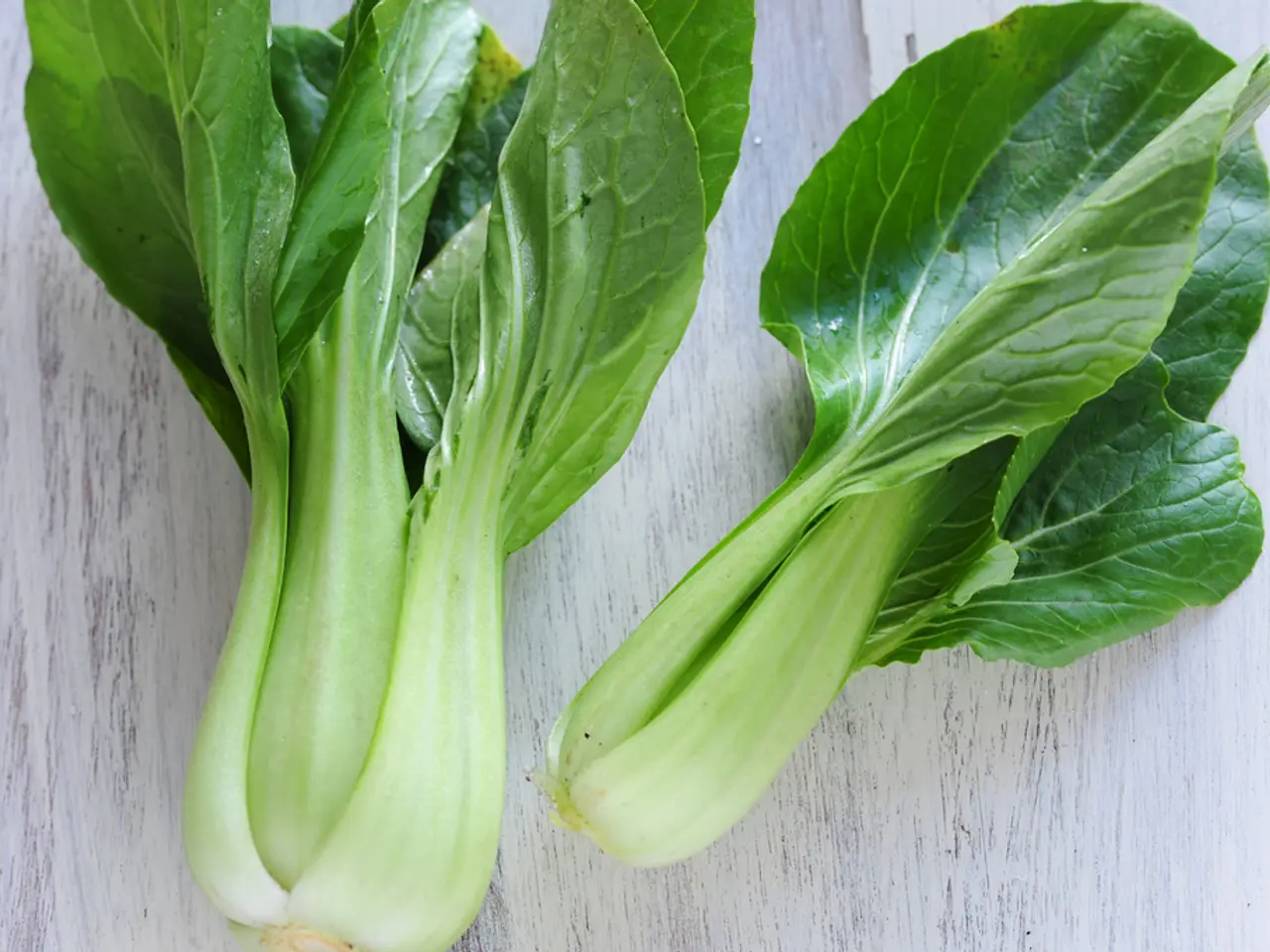Guides on Horticultural Charcoal: Understanding Plants and Substrates
In the world of gardening and horticulture, horticultural charcoal has emerged as a valuable resource for both indoor plants and terrariums. This carbon-based material, formed from the burning of wood and other organic materials, offers a range of benefits that make it an easy addition to improve basic potting soil and can be used as part of more complex tropical blends.
The reported benefits of horticultural charcoal include soil aeration, drainage, water retention, resilience, and bioactive support. In terrariums and vivariums, where a sealed or closed environment can lead to excess nutrients, odors, and microbial overgrowth, horticultural charcoal acts as a filtration layer. It absorbs excess nutrients, controls odor, and slows microbial overgrowth, providing a clean and healthy substrate environment for plants.
Best practices for using horticultural charcoal in terrariums and vivariums involve careful placement and maintenance. A thin, even layer of charcoal should be added directly above the drainage layer (such as LECA or expanded clay pebbles) at the bottom of the container. This layer separates the drainage medium from the substrate, preventing waterlogging and soil compaction. For closed terrariums, a 0.5–1 cm thick charcoal layer is recommended, while for open terrariums, this layer is optional and can be skipped if using dry, mineral-based substrates.
When it comes to choosing the right charcoal, only horticultural or aquarium-grade activated charcoal should be used. Avoid BBQ charcoal or briquettes, which often contain additives and binders harmful to plants and animals in the terrarium. If layering space is tight, charcoal can be lightly mixed into the substrate for improved filtration, but layering is generally preferred.
Regular maintenance is crucial for maintaining the effectiveness of horticultural charcoal. Replace the activated charcoal every 6–12 months, annually in closed terrariums, and every 6–8 months in open terrariums. To replace, gently lift the substrate, remove old charcoal, add fresh charcoal, and restore the substrate. If odors or discoloration persist, replace the charcoal sooner.
Horticultural charcoal has a lower binding capacity than activated charcoal, which means it binds nutrients less strongly. However, it can still hold on to excess fertilizers and distribute them to plant roots over time. This can lead to "nutrient lockout" and nutrient deficiency if the substrate pH is outside the optimal range. The alkalinity of horticultural charcoal can spike the overall substrate pH above healthy levels if used in high proportions.
Despite these considerations, horticultural charcoal continues to find increasing use as a tool for growing plants and regenerating soils. Its versatility in sources, such as coconut husks and hardwoods, can lead to variations in the final product. Springtails are commonly cultured in charcoal for ease of use and tracking.
In summary, use a thin layer of horticultural or aquarium-grade activated charcoal above the drainage layer to filter toxins and odors, replace it periodically to maintain effectiveness, and avoid non-horticultural charcoals to protect your terrarium ecosystem. With proper care and maintenance, horticultural charcoal can significantly improve the health and longevity of your terrarium plants.
In the realm of home-and-garden enthusiasts, horticultural charcoal serves as a valuable asset for both home-grown plants and terrariums, offering benefits such as soil aeration, drainage, water retention, resilience, and bioactive support. This versatile material, often made from coconut husks and hardwoods, finds increasing use as a tool for gardening due to its ability to absorb excess nutrients and control odors within these enclosed environments.


![Simple Steps for Moss Conservation for Decorative and Wall Art Uses [Easy Tutorial]](/en/content/images/size/w1280/format/webp/20250703120519_preserving-moss-step-by-step-guide-with-glycerin-methylated-spirit-or-glycerin-warm-water-for-moss-art-wall-decor.jpeg)




